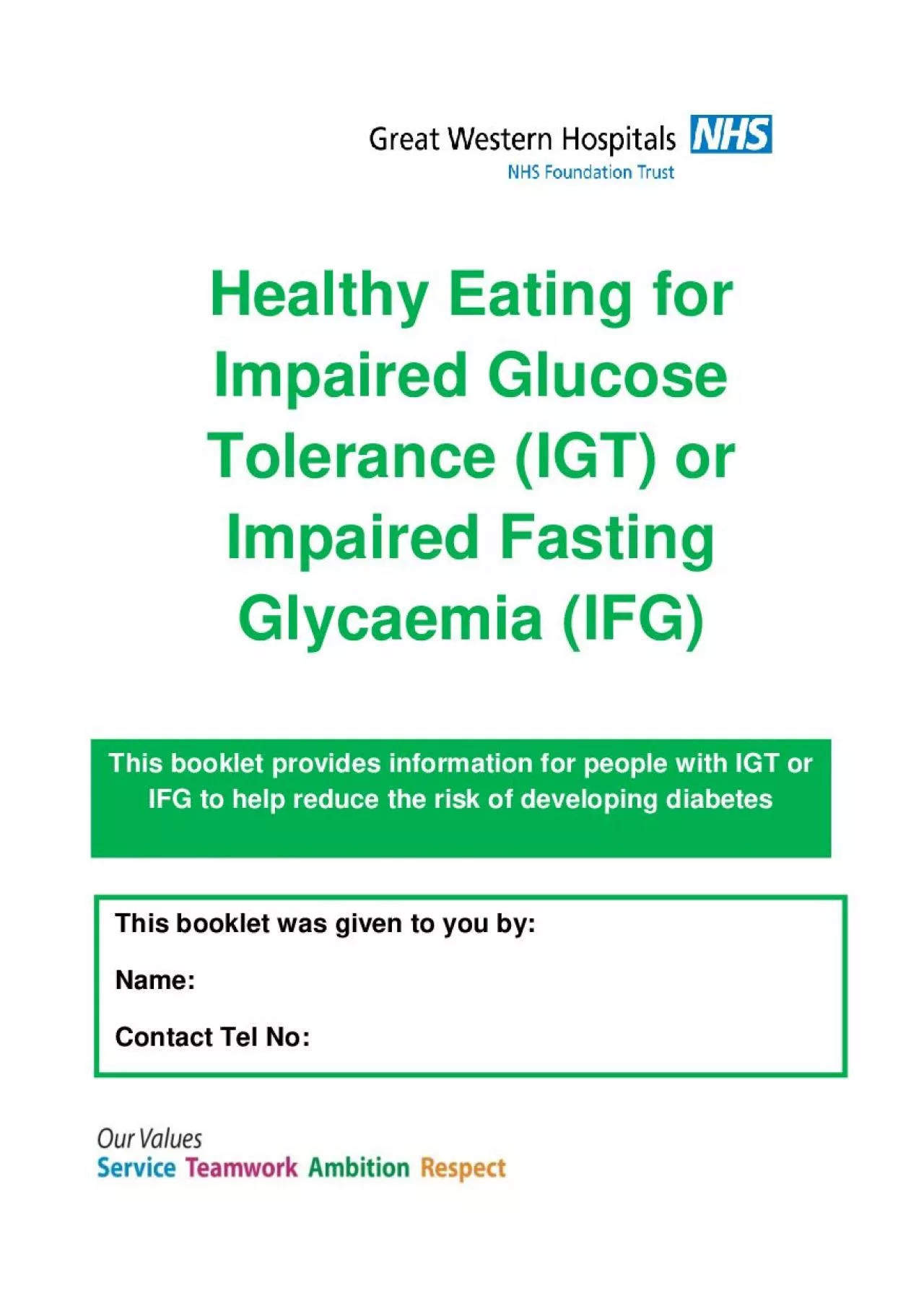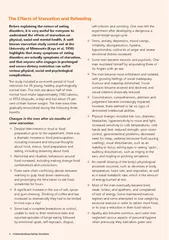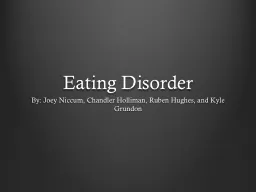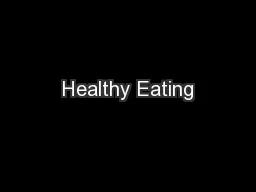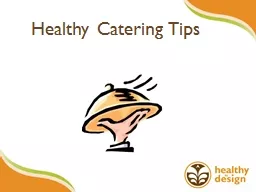PDF-ealthy Eating
Author : clara | Published Date : 2022-10-28
H for Impaired Glucose T olerance IGT or Impaired Fasting Glycaemia IFG This booklet was given to you by Name Contact Tel No This booklet provides information for
Presentation Embed Code
Download Presentation
Download Presentation The PPT/PDF document "ealthy Eating" is the property of its rightful owner. Permission is granted to download and print the materials on this website for personal, non-commercial use only, and to display it on your personal computer provided you do not modify the materials and that you retain all copyright notices contained in the materials. By downloading content from our website, you accept the terms of this agreement.
ealthy Eating: Transcript
Download Rules Of Document
"ealthy Eating"The content belongs to its owner. You may download and print it for personal use, without modification, and keep all copyright notices. By downloading, you agree to these terms.
Related Documents

